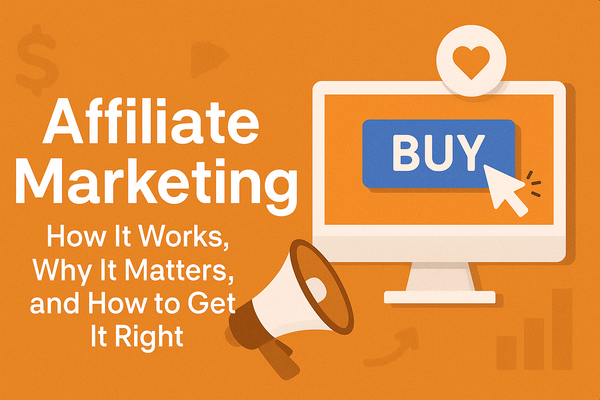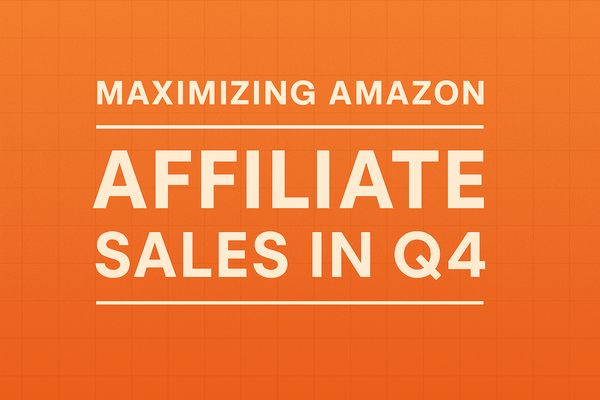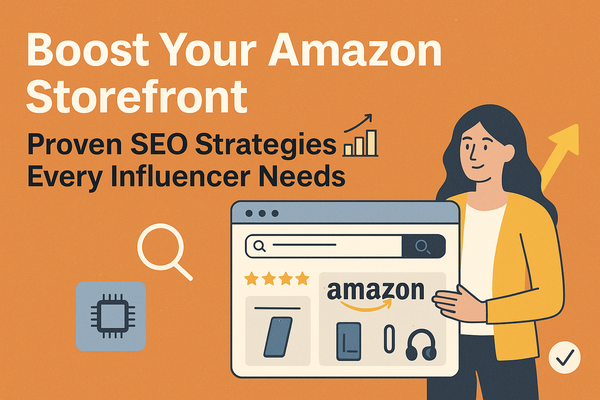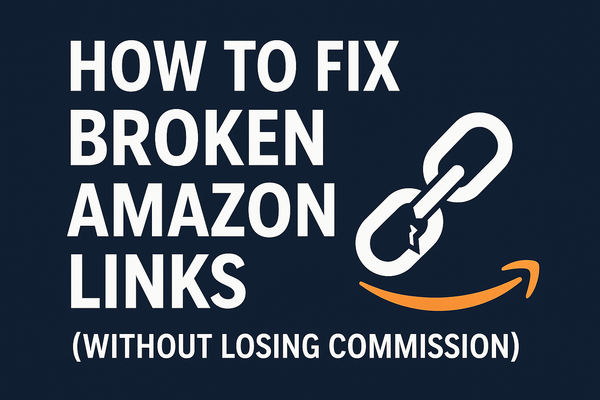Why Am I Not Getting Approved for the Amazon Influencer Program?
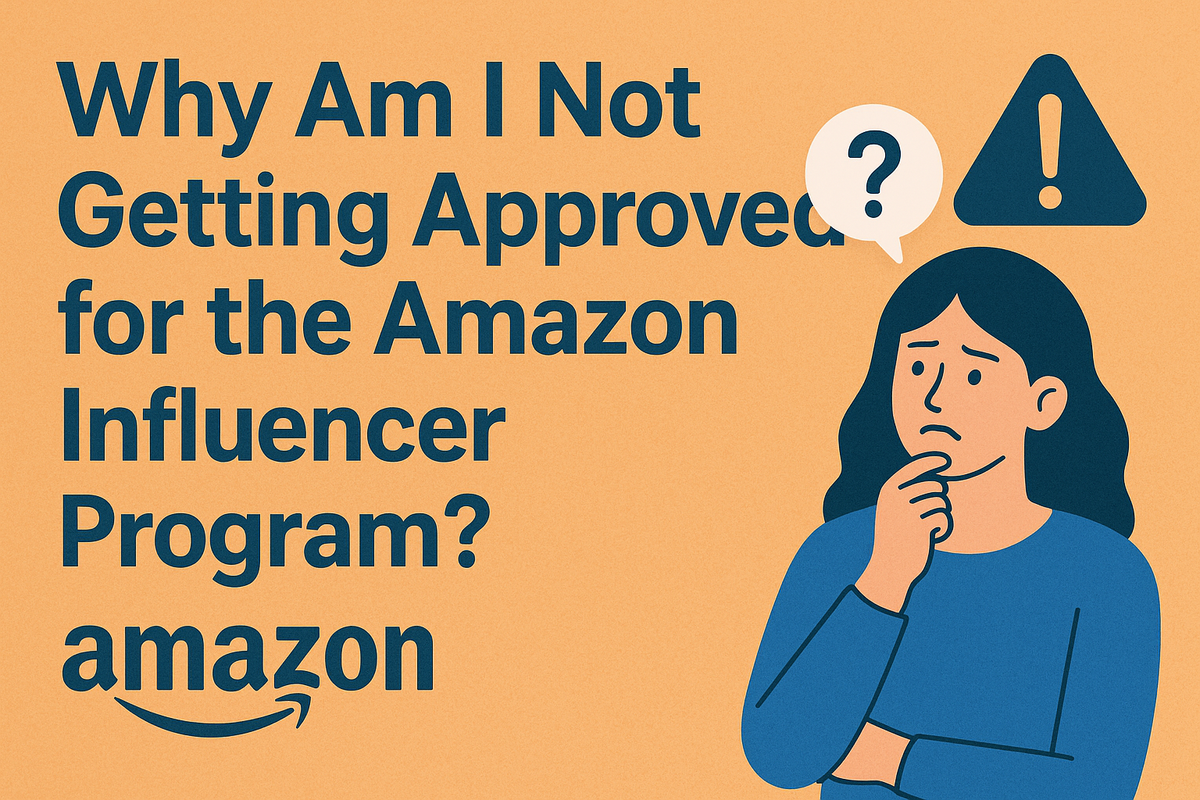
The Amazon Influencer Program (AIP) is a powerful monetization tool, allowing creators to earn commissions by recommending products through a personalized Amazon Storefront and, often more lucratively, through on-site shoppable videos. But for many, the application process ends in a frustrating rejection. This blog post breaks down the most common reasons why influencers don't get approved and provides actionable steps for turning that 'No' into a 'Yes'.
Is my Follower Count Too Low?
While Amazon states there is no strict minimum follower count, they do evaluate your overall reach and influence. The truth is, raw numbers are only one piece of the puzzle. Amazon's goal is to partner with creators who can drive sales, and a small, highly engaged audience is far more valuable than a huge, disengaged one.
Practical Solutions:
- Prioritize Engagement Over Followers: Amazon's review process heavily favors engagement metrics—likes, comments, shares, and audience interaction. If your chosen social media platform has under 1,000 followers but boasts an engagement rate of 5% or higher, your odds are better than an account with 10,000 followers and 1% engagement.
- Pick Your Strongest Platform: When applying, choose the platform—Instagram (Business/Creator account required), YouTube, TikTok, or Facebook (Business Page required)—where you have the highest engagement and most consistent content, even if it doesn't have the highest follower count.
- Grow Authentically: Focus on providing value to your niche audience to foster genuine, organic growth. Avoid buying followers or likes, as Amazon's algorithms are adept at flagging these low-quality metrics.
Is my Social Media Presence Professional Enough?
Amazon is a global brand with a high standard for public representation. Your application acts as a resume, and your public-facing social media needs to reflect professionalism and active management.
Practical Solutions:
- Go Public and Stay Public: Your social media account must be public for Amazon to review your metrics. If you apply with a private profile, you will be rejected immediately.
- Clean Up Your Content: Remove any controversial, offensive, or high-risk content that could violate Amazon's guidelines or reflect poorly on their brand. Your content should be consistently positive and brand-safe.
- Define Your Niche: Ensure your bio clearly states what your content is about and who your audience is. Amazon looks for creators who can speak authoritatively on a specific set of products (e.g., "Budget Tech Reviews," "Sustainable Home Decor").
- Post Consistently: An inactive account signals low reliability. Maintain a regular posting schedule (at least weekly) for several weeks before reapplying to demonstrate commitment.
Am I Failing the Content Quality Test?
Amazon isn't just looking for influencers; they are looking for shoppable content creators. If your existing feed doesn't demonstrate an ability to showcase products effectively, you may be denied. Content quality extends beyond video resolution—it includes relevance and compliance.
Practical Solutions:
- Create Pre-Application Product Content: Before applying, post high-quality photos, Reels, or short videos that naturally showcase products relevant to your niche—ideally items available on Amazon.
- Focus on Value, Not Just "Sale": Your content should solve a problem, demonstrate a benefit, or provide a genuine recommendation. Avoid overly promotional, "buy now" language. Show the product in real-world usage.
- Ensure Content is High Quality: Use good lighting, clear audio, and stable video shots. While professional gear isn't required, low-effort or blurry content suggests you're not serious about content creation.
- Meet Video Compliance (Post-Initial Approval): Crucially, even after initial approval, you must get your first three shoppable videos approved for "on-site commissions" within a set timeframe. Rejection here is common. The fix is to ensure videos:
- Focus on genuine product features and your personal experience.
- Do not mention pricing or sales language ("cheaper than...", "on sale").
- Do not show sensitive information like product barcodes or Amazon packaging.
What Should I Do Immediately After Being Rejected?
Rejection is common, even for successful creators. The key is to treat it as feedback, not a final verdict.
Practical Solutions:
- Wait and Improve: Do not reapply immediately. Take at least two to four weeks to implement changes. Reapplying without significant improvements will likely result in a second rejection.
- Review Your Application Details: Double-check that your application correctly listed the exact URL of your public-facing social media page. Inaccuracies here are a common, but easily fixable, rejection cause.
- Switch Platforms: If you applied with Instagram and were rejected, try building up your presence on TikTok or YouTube, then reapply using the stronger platform. YouTube and Facebook are sometimes approved faster.
- Check Business Account Status: If you applied with Instagram or Facebook, ensure the account is properly switched to a Business or Creator account, which gives Amazon access to the necessary metrics.
The path to the Amazon Influencer Program, particularly on-site commissions, is a marathon, not a sprint. By prioritizing genuine engagement, maintaining a professional public presence, and creating high-value, shoppable content, you significantly increase your chances of moving from the rejected pile to the approved list.
